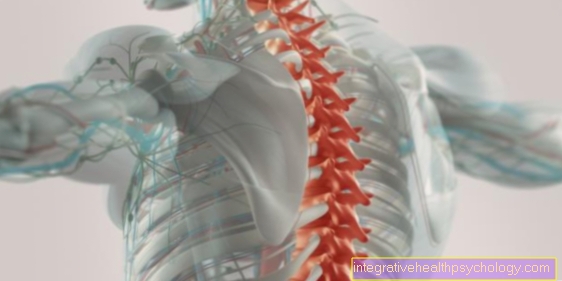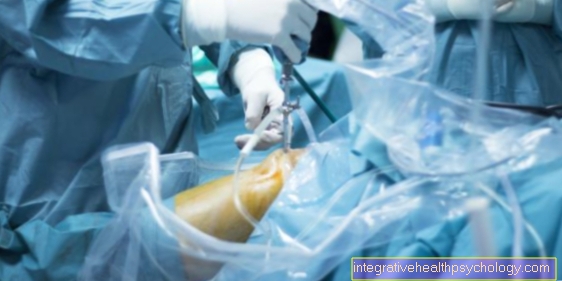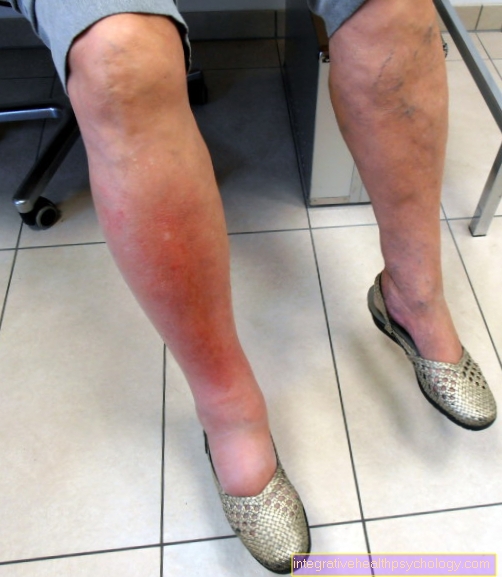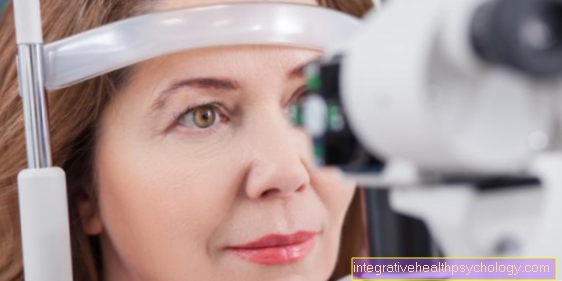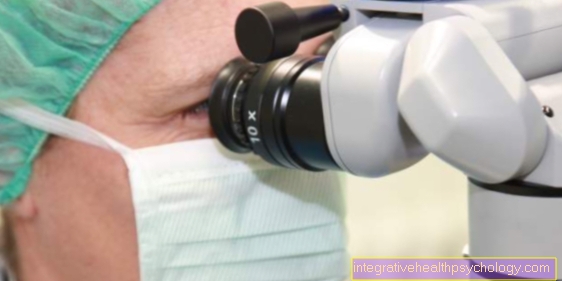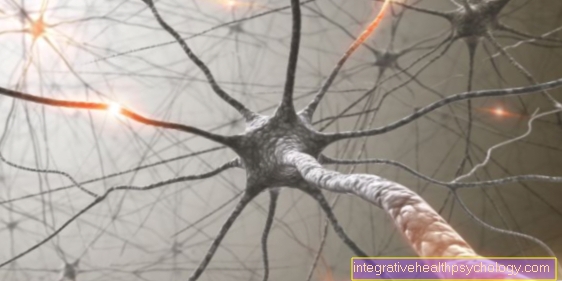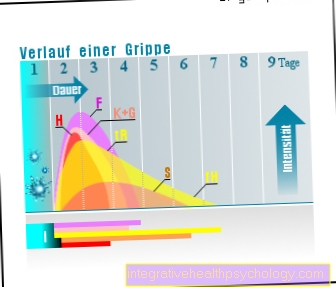Epididymal cyst
What is an epididymal cyst?
An epididymal cyst or spermatocele is an accumulation of fluid in the epididymis that is created by obstruction of the drainage of the seminal fluid (retention cyst). The damming causes the spermatic cord to expand. At the beginning, the cyst is usually only about the size of a pinhead and can hardly be felt during the physical examination. However, depending on the extent of the flow obstruction, the cyst can grow due to the increasing build-up of fluid. If only one epididymis is affected, a spermatocele usually does not lead to infertility. Therapy is therefore not urgently indicated and is usually carried out on the basis of the patient's wishes. However, a detailed diagnosis must always be carried out in order to rule out possible differential diagnoses, such as a testicular tumor.

What are the causes of epididymal cysts?
The cause of epididymal cysts is a downstream outflow disturbance of the seminal fluid due to a narrowing of the spermatic cord. This means that more fluid is retained, which builds up pressure and ultimately leads to a bulging of the spermatic cord. This bulge can grow in the course. One reason for the constriction of the spermatic cord can be adhesions after inflammatory processes, for example through infectious diseases.
However, compression of the vas deferens through an enlarged prostate or tumors is also possible. Furthermore, spermatoceles can occur after a vasectomy, i.e. the severing of the vas deferens. It is not uncommon for epididymal cysts to be congenital.
What are the symptoms of an epididymal cyst?
In most cases epididymal cysts do not cause symptoms such as infertility or pain. However, as the size increases, the surrounding structures can be compressed.
Those affected often feel the mass themselves and present themselves to a doctor in order to rule out other possible causes, such as a testicular tumor. Due to the asymptomatic nature of this finding, it can usually be easily differentiated from other diagnoses
Read more on the subject at: Epididymis are swollen - what's behind it?
What are the alternative diagnoses?
When a mass of the testicle is first diagnosed, several differential diagnoses must be ruled out. These include so-called hydroceles. These cause fluid to accumulate around the testicles, which can be due to a congenital connection to the abdomen or inflammation. Hydroceles are the most common benign mass of the testicle.
Read more on the subject under: Hydrocele
Furthermore, possible malignant masses must be excluded in the diagnosis, which mostly originate from the testes. The tumors of the testicle are mainly germ cell tumors. Similar to the spermatocele, they are usually characterized by a painless mass. A suitable means for differentiating the diagnoses is the ultrasound with which a precise assessment of the structural changes can be carried out.
Read more on the subject at: Testicular cancer
How is an epididymal cyst treated?
Since epididymal cysts are usually not symptomatic, no treatment is indicated in most cases.
If, on the other hand, it is a large spermatocele or a rapidly growing cyst, a surgical procedure with cyst removal may be necessary. This is especially the case when there is functional difficulty sitting or walking. This operation involves removing the testicle and epididymis, which leads to unilateral infertility. If you still want to have children, surgery is therefore usually not recommended.
What is the prognosis?
The prognosis of epididymal cysts (spermatoceles) is generally very good, as they do not cause any symptoms and only rarely require treatment. If surgery is indicated, a minor surgical procedure is performed and the affected testicle is removed. Patients usually only have to spend a few days in hospital. By removing the testicle beforehand, there is no risk of recurrence.



